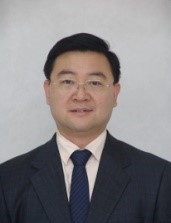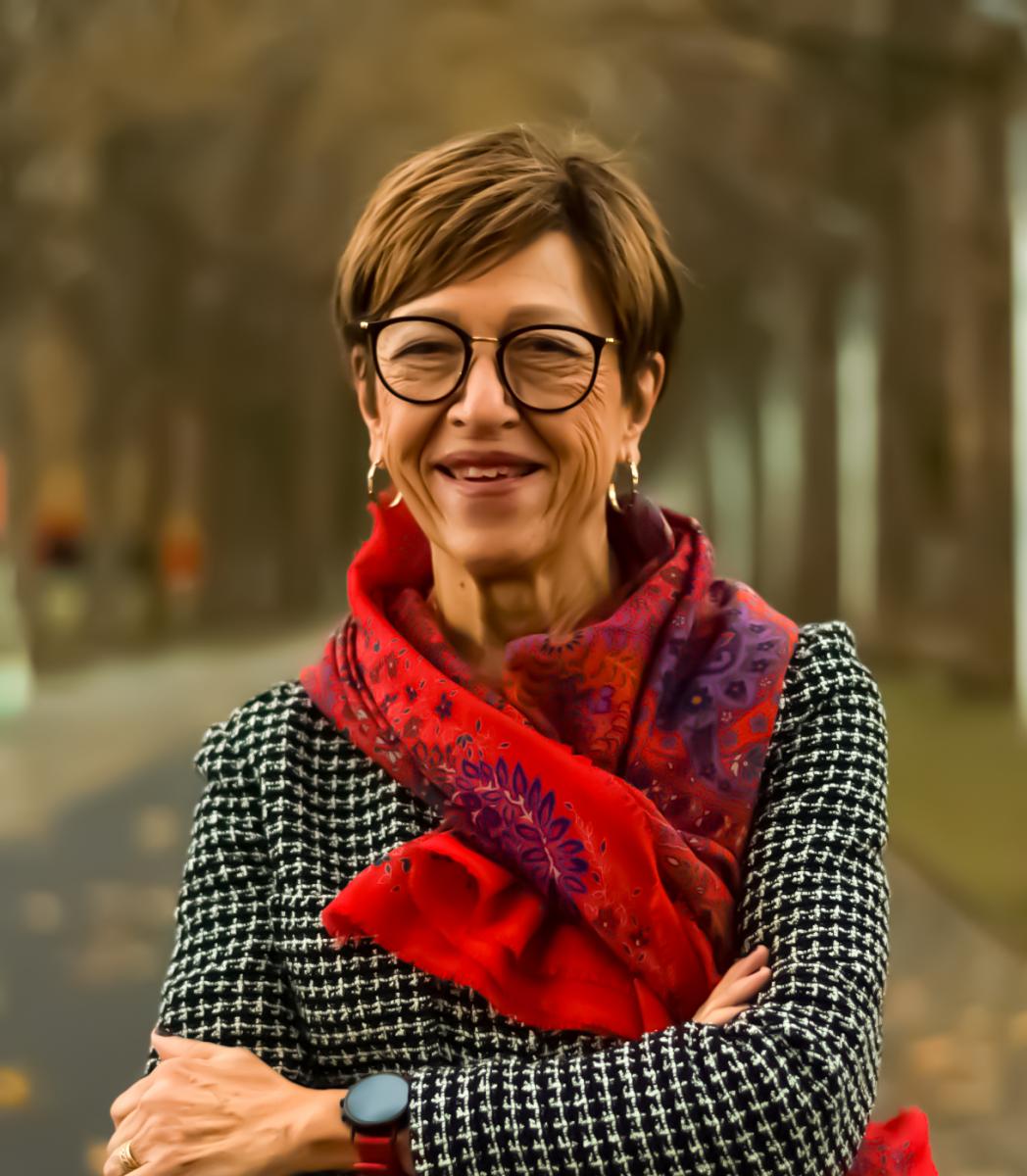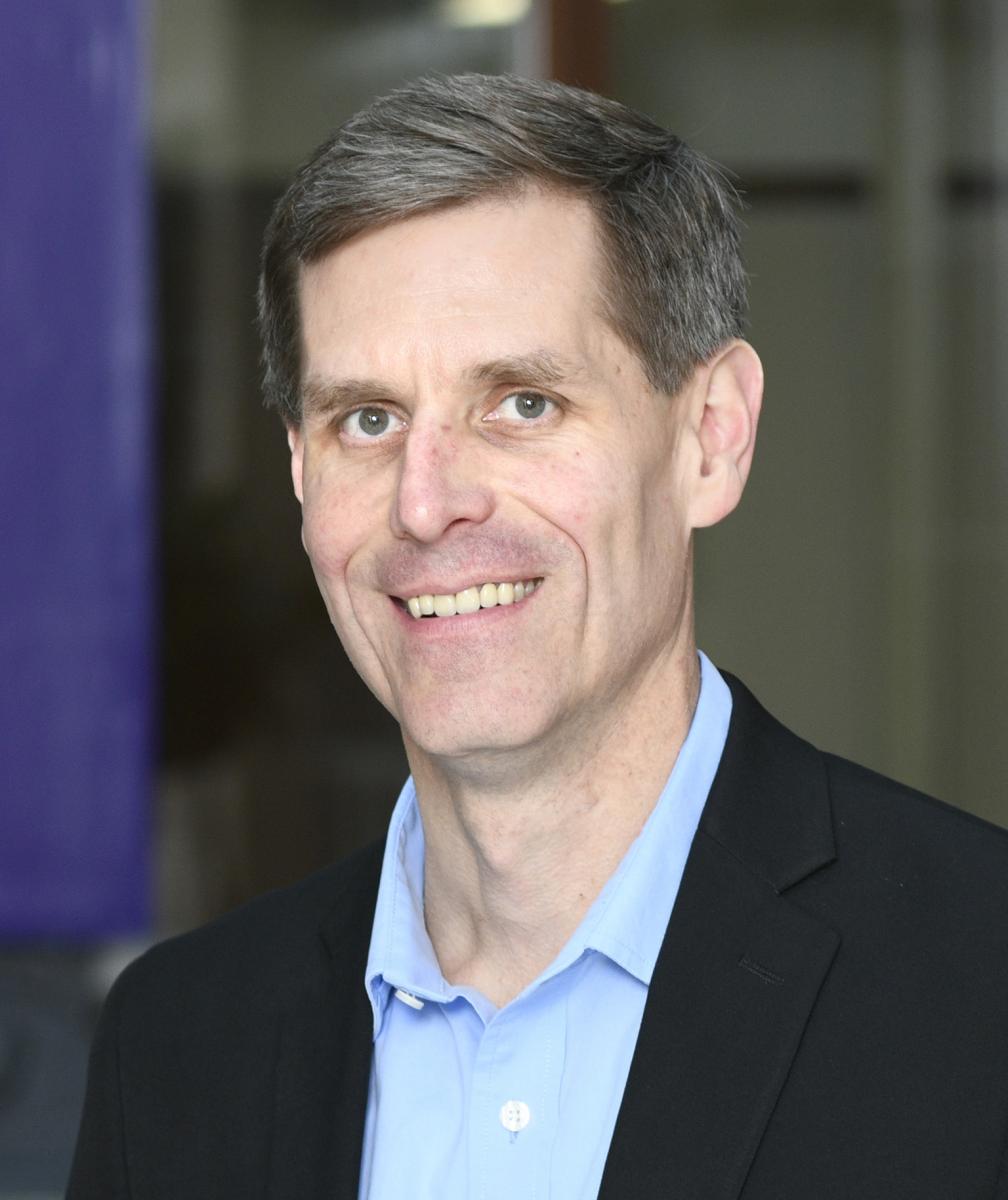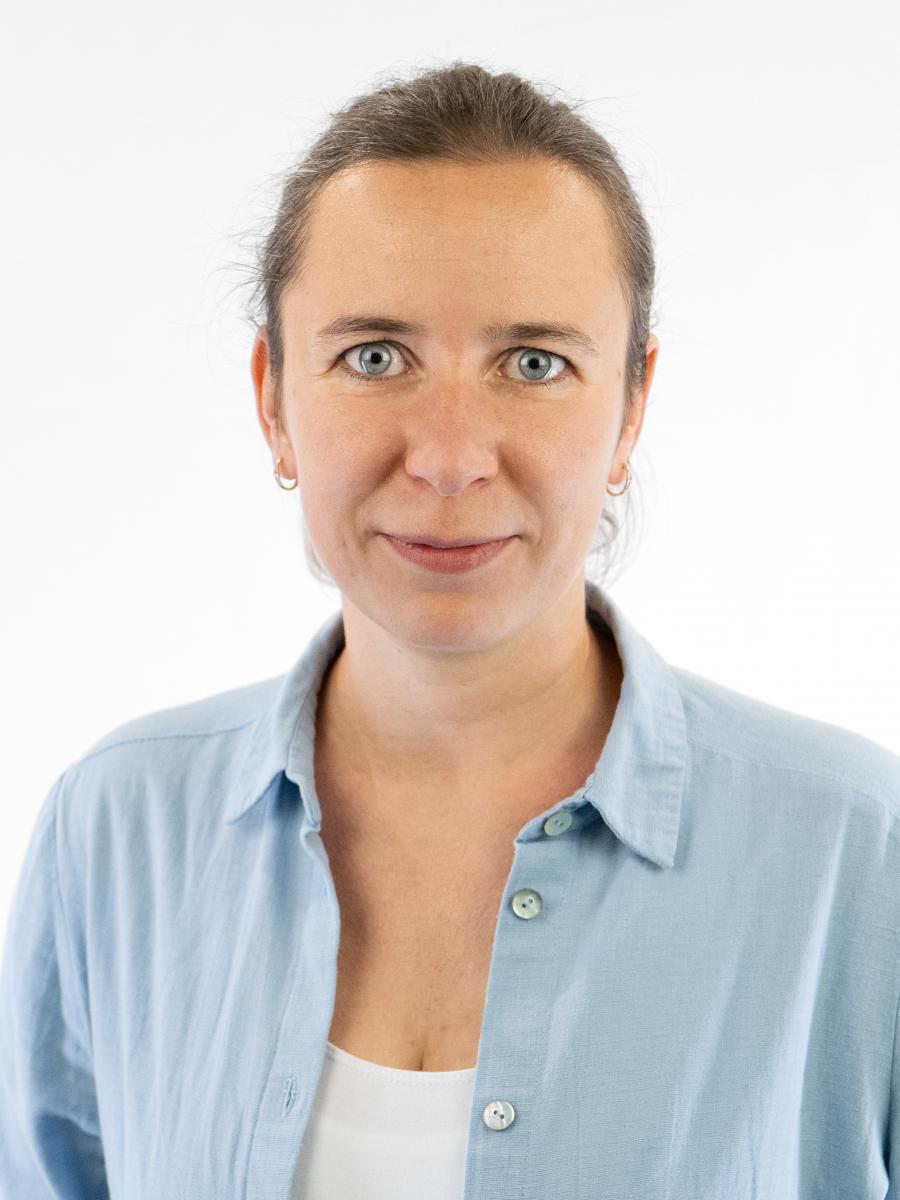Plenary session

The scientific program is complemented by the plenary session taking place on Wednesday afternoon May 29 in room SCHWEITZER (Ground floor), with four speakers. The line-up of the plenary speakers is outstanding and these events are wonderful opportunities to learn and to be inspired. The collective wisdom, perspective, and leadership experience of the four individuals will be a highlight of the conference week.
- Bingbo Wei, President of C-MRS, Northwestern Polytechnical University, Xi'an, China.
- Isabelle Pallot-Frossard, President of the Fondation Sciences du Patrimoine, Paris, France.
- Mark C. Hersam, Northwestern University, Evanston, USA - MRS Mid-Career Prize Recipient
This central session will continue with the presentation of the EU-40 Materials Prize recipient, Maria Serdechnova, Helmholtz-Zentrum hereon GmbH. The latter is a prestigious prize awarded to researchers under 40 who are showing exceptional promise for leadership and have made outstanding and innovative contributions to Materials Research in Europe.
It's hard to imagine a richer offering of speakers. And that's the point of the plenary session: they provide a shared experience for all conference attendees. Plenary session is a time for a break from the details of your week, a time to be stimulated and to reflect on the values that brought us to the field and that continue to motivate us each day.
The social event open to all participants will conclude the plenary session.
Preliminary program
Wednesday May 29 from 16:00 to 19:00
16:00 - Welcome Address by A. Kenyon, E-MRS President
16:10 - Introduction of the first plenary speaker by Franck Tessier, Conference Chair
16:15 - Bingbo Wei, President of C-MRS, Northwestern Polytechnical University, Xi'an, China
 |
Recent Progress in Space Materials Sciences Bingbo Wei |
|
|
The extraordinary physical and chemical states of outer space provide a special environment to design, investigate and apply advanced materials. Owing to the continuous achievements of manned space flight programs, world-wide researchers have carried out extensive explorations covering ground simulations and payload experiments. Actually space materials science and technology is evolving into a vigorous cross-disciplinary research field. Almost all categories of typical materials, from aluminum through refractory alloys to semiconductors and even artificial bones, were taken into account for space experiments. This presentation tries to make a brief survey about the essential progress of this field in the recent two decades, and meanwhile reports the primary materials research advances accomplished aboard China’s space station which was launched three years ago. Although the keynote of such a field is still mainly for fundamental research, some promising application approaches from novel materials development to innovative manufacture technology are proposed for discussion. In particular, the containerless processing investigations of various materials under acoustic and electrostatic levitation states are presented in some details.
Keywords: space materials science, microgravity processing, acoustic levitation, electrostatic levitation, liquid undercooling, rapid solidification, refractory alloys. |
||
16:55 - Introduction of the second plenary speaker by Giuseppina Padeletti, Conference Chair
17:00 - Isabelle Pallot-Frossard, President of the Fondation Sciences du Patrimoine, Paris, France.
 |
Cultural heritage conservation, a societal challenge, Isabelle Pallot-Frossard |
|
|
For more than two centuries, the conservation and transmission of cultural heritage has been a real challenge for society. Made of complex and often fragile materials, it is subject to environmental and human aggression, particularly worrying at the start of the 21st century. A symbol of cultural identity, it can be a source of unity and recognition, just as it can become the hostage of conflicts for the same reasons. Its destruction, whether total or partial, accidental, like the destruction of the roof and spire of Notre-Dame de Paris, or deliberate, like that of the Palmyra sites in Syria, always arouses strong emotion, anger, and anguish at what seems to be a broken thread of history. Heritage objects, which are a kind of archive of humanity that must be deciphered with care and respect, are a source of knowledge about the societies that produced them. However, the complexity of these materials, which have aged over time and their preciousness because they are irreplaceable resources require increasingly powerful characterisation techniques to identify them and understand the deterioration processes involved. Beyond knowledge, the preservation, conservation and transmission of these objects demand both a deontological approach that respects the materials as much as possible, ensuring the durability, stability and compatibility of the new materials used with the original ones, and a watch that enables technological transfers from innovations in the field of new materials, inorganic, organic, hybrid, nanostructured. Finally, ancient materials, as the title of the 11th symposium on cultural heritage hosted by this congress indicates, because they have survived the centuries and sometimes possess astonishing properties obtained through know-how and experimentation, without the support of modern technologies, are also a source of inspiration for new materials. To meet these challenges, we need a sustained research effort, a trans-disciplinary approach that brings together the material sciences and the social sciences and humanities, drawing on data sharing and new tools offered by AI, as well as on a network of European and international expertise. This conference will present a few examples of recent advances in the knowledge and conservation of cultural heritage and new research fields that remain to be explored. |
||
17:40 - Introduction of the third plenary speaker by Tony Kenyon, E-MRS President
17:45 - Mark C. Hersam, Northwestern University, Evanston, USA - MRS Mid-Career Prize Recipient.
 |
Mixed-Dimensional Neuromorphic Computing Mark C. Hersam
|
|
| The exponentially improving performance of digital computers has recently slowed due to the speed and power consumption issues resulting from the von Neumann bottleneck. In contrast, neuromorphic computing aims to circumvent these limitations by spatially co-locating logic and memory in a manner analogous to biological neuronal networks. Beyond reducing power consumption, neuromorphic devices provide efficient architectures for image recognition, machine learning, and artificial intelligence. This talk will explore how mixed-dimensional nanoelectronic materials enable gate-tunable neuromorphic devices including multi-terminal memtransistors, mixed-kernel heterojunction transistors, and moiré synaptic transistors. By enabling foundational circuit elements for bio-realistic neuromorphic computing, mixed-dimensional nanoelectronic materials can serve as the basis of energy-efficient hardware accelerators for next-generation artificial intelligence applications. | ||
18:15 - Introduction of the fourth plenary speaker by Guangxian Li, Conference Chair & EU-40 Materials Prize ceremony.
18:20 - Maria Serdechnova, Helmholtz-Zentrum hereon GmbH - EU-40 Materials Prize recipient
 |
Use of chelating agents for in situ LDH formation Maria Serdechnova, Tatsiana Shulha, Anissa C. Bouali, Helmholtz-Zentrum hereon GmbH |
|
|
For many years, the corrosion protection of Mg and Al alloys was dominated by chromate-based coating solutions. Nowadays, the use of chromates is strictly limited in industrial applications due to their high toxicity. Thus, new alternative coating approaches for aluminum and magnesium need to be developed. Application of LDH-based conversion coatings is a promising direction for corrosion protection of these active light metals. High interest to LDH-based coatings is related to the possibility of loading of corrosion inhibitors into LDH structures and the formation of self-healing layers. However, differences in reactivity of magnesium and aluminum substrates require different approaches to LDH-based surface treatments. LDH formation is a typical conversion process requiring compounds from the substrate and from the electrolyte. Thus, surface reactivity of both selected metals is an important point, which was addressed by theoretical (thermodynamic calculations) and experimental (laboratory experiments) approaches, to identify suitable chelating agents, which are able to moderate the surface reactivity, resulting in a formation of LDH-based conversion layer. Moreover, anodization and plasma electrolytic oxidation (PEO) pre-treatments, as methods modifying the surface reactivity, were considered prior LDH formation in order to create “smart” protective hybrid coatings. These hybrid coatings provide both barrier and “smart” protection to the active substrate (magnesium and aluminum alloys as well as their galvanic couple combination). However, the direct replication of treatments, leading to LDH formation on bare substrates, is not possible for pre-treated materials due to the different reactivity of the surfaces and availability of cations from the substrates. Thus, the demand for selection of suitable chelating agents becomes even more challenging. During the E-MRS presentation, a short “story” of LDH development on aluminum and magnesium substrates will be presented. The comparison of LDH formation conditions will be performed and will be followed by the discussion of roles of chelating agents during the synthesis. The reactivity of selected surfaces will be taken in focus during the talk.
Acknowledgment: research project MULTISURF and FUNCOAT, European Commission (Horizon2020, grant agreements No. 645676 and 823942, respectively); research project ACTICOAT, Bundesministerium für Bildung und Forschung (01DJ18007); Sino-DFG cooperation in frame of M-0056 project (2020-2024) and DST-DAAD cooperation N 57620028 (2022-2024). |
||
18:50 - End of the Session
19:00 - Social event open to all participants.
Campus de Beaulieu 35042 Rennes cedex France
+33 2 23 23 62 56Franck.Tessier@univ-rennes.fr
Via Salaria km 29.5, Monterotondo, 00015 Rome, Italy
giuseppina.padeletti@cnr.itCollege of Polymer Science and Eng, State Key Laboratory of Polymer Materials Eng - Beijing, P.R. China
guangxianli@scu.edu.cn5-10-1 Fuchinobe, Chuo-ku, Sagamihara, Kanagawa, 252-5258 Japan
yuzo@chem.aoyama.ac.jp